 There’s really two major wolves on the field here. Your own self sense of worth and value, and the outside arenas where you will either need to apply that value or more often, see it imposed upon you and set for you to agree to. The inner turmoil, whether it’s ranging for fetal-position-weaponized-anxiety to outright boa-donning ego-proancing, is the wolf you need to wrestle with first. You don’t need to win that fight you just need to understand the struggle. Know where you are on the spectrum, be mindful of how that place informs your thinking, and always keep it in check and question. That way you know the wolf at your back before you need to face the one in front of you. The one you face next isn’t ego driven, and isn’t about it in the usual way of it being about you. It’s about the Work. You do it and yourself a disservice when it’s about anything else in this particular arena. So instead of busting those two poles into categories, I’ll let them pounce together assuming you’re now looking for work, or choosing a career path in art.
There’s really two major wolves on the field here. Your own self sense of worth and value, and the outside arenas where you will either need to apply that value or more often, see it imposed upon you and set for you to agree to. The inner turmoil, whether it’s ranging for fetal-position-weaponized-anxiety to outright boa-donning ego-proancing, is the wolf you need to wrestle with first. You don’t need to win that fight you just need to understand the struggle. Know where you are on the spectrum, be mindful of how that place informs your thinking, and always keep it in check and question. That way you know the wolf at your back before you need to face the one in front of you. The one you face next isn’t ego driven, and isn’t about it in the usual way of it being about you. It’s about the Work. You do it and yourself a disservice when it’s about anything else in this particular arena. So instead of busting those two poles into categories, I’ll let them pounce together assuming you’re now looking for work, or choosing a career path in art.
But here’s one thing important to remember: once solved, be prepared to solve it again and again. Your value is not set in stone. It is a moving target, and if it is locked in, then you’re simply not doing it right. There are a number of areas where this will passion play plays out. Whether its setting a price for a gallery show, a publisher or private commissioner, there is always a struggle between what it’s worth to you and what it’s affordable to them. And sometimes the failure of the sale to pass through this valley is also a victory for your value. More often than not, weirdly enough. It takes knowing yourself clearly enough to redefine and spot that kind of win, and to parlay it into a different kind of victory next time. You’re going to get it wrong, and you’re going to cock it up. (even 20+ years in I still do). Just remember the golden rule: Making art is about the piece- making a life in art always about the next piece.
SELLING YOUR ART
Coming up with prices for me is one of the hardest things to do for my own work when I sell personally. You have to factor in a number of things all at once, and the context for which it sells, where and when. It can be like juggling wet spaghetti to be perfectly frank about it. Your initial valuation is where it is the hardest. Once you have that set, the knock effect shaves a lot of the puzzlement out of the following work. For example, if you have a drawing of say a personal piece you did and sell it for $800, you’ve set a locality and then other similar pieces remain in the orbit of that piece. Size content time spent and also how attached you are about a piece all factor in. This is, despite what some buyers might suggest, not like bricklaying. You don’t price for how many lines or on it. It’s not a punch card system. Every drawing you make has all the other drawings behind it, all your schooling all you training have led to this moment. But we live in a world where if this were truly factored in all art would be hundreds of thousands of dollars, which you’re fine to set as a price point, but won’t likely be selling much if anything. You need to get a grip on what your target audience can support. Look to your peers and see what they are selling their art for, and price with the equation that the piece needs to be worth enough to soften the blow, if there is one, of the reality that you will never see this piece of art again.
So for me my average baseline for an original drawing un-commissioned by a publisher, at 13×19″ prices in the range of $700-$1300. Arguably high for some and low for others. Remember you’ll never find a magic price point for everyone. There will always be people who think you are selling under and those that scoff that you are overpricing. Don’t chase the rabbits. Just aim for the middle and make sure you feel good about that pricing. I find it helps, like with most things, to do your pricing then wake up the next day and use your gut reaction to those prices as a gauge for truth. Adjust accordingly. If I’m selling a portrait of a known person that exhibits great detail, then it’s more, if it’s smaller or I don’t have the same affection for a piece, it’s less. If it’s for a book cover, poster or some other public thing, it should bump up into a set aside category. Also it matters where I’m selling. Prices at SDCC are different than at MoCCA in NYC, and both are different from my online store price. Other factors like content time and scale all matter too. It’s a lot to juggle and a lot to dig through and once you’ve set your price that doesn’t;t mean you won’t find yourself second guessing it all the way through.
YOUR PRICE IS NOT YOUR VALUE
This is true whether you’re selling original work, prints, books or yourself for a gig with a publisher. My rate for doing work for Criterion varies depending on the budget for the job, but my value to them exceeds even that higher rate because they know when they tap me for a gig, they are getting my best and most earnest effort, my skillset and proven track record for hitting the mark, and getting their deadline. I make a special effort to never falter on this because this is the value that keeps them coming back to me. I’m not bragging here, I know it as a fact, and I need to know it stand up for it with others. I don’t need to assert that with Criterion because they know this, as does most of my regular editors and art directors. If a new client asks around I want them to hear this as well. This holds a value that exceeds whatever short term money you might garner, or whatever big commercial success a project might carry. At the end of the day a client wants the thing they are looking to do done well and on time. When that is over they want it again. This is the job. Know it learn it and be that as much as you can. If you separate yourself from the work you can be stalwart in your declaration of this quality of your professional life without it being about your ego. My personal self worth is a much more complicated bag of cats dynamic, but my understanding of my professional value is clearer by miles and certain. its tangible and time proven and I can point to direct evidence of that value. Much easier to assert because of that. This is true of any client or sale related work. Your rep, your professionalism and ability to do the job, take edits and turn in good work is the most important and essential value you can ever bring in. What gets us most squirreled up in pricing our work or declaring what we’re worth comes from the ego and self doubt that is in our personal realm.
DON’T LET YOUR AUDIENCE GET YOU DOWN
Anyone who tells you your prices are too high is being rude. Read that again and believe it. Do not use this as cause for an internal meltdown into self doubt. Just cut that bait and move on. They are not your customers so who cares what they think? If someone sees a Spiderman drawing and questions its worth because some dude six tables over has one for half the price simply, politely encourage them to buy the other guy’s art. Do not under any circumstances use this to be bullied into underselling. As the great Dan Dos Santos excoriates- “once you lower your price, that’s not the price”.
One of the most harrowing aspects of pricing and selling your work is when you are interacting with your buying audience. It can be lovely and affirmative and sometimes insulting and degrading. My overall experience has shown me that when you have a serious buyer with deep pockets, it goes well and smoothly. These collectors tend to know their minds, know what they want and don’t quibble. The ones that will give you the most trouble are the ones who will be buying the least and oftentimes not at all. Bending over backwards to attend to some tire kicker that won’t leave you booth at a con, that ignores others in your area is mistake, and you will not be rewarded for it. I’m condoning rudeness just banking your fires and learn to spot these folk and spend as little time as you can with them. There are shoppers and there are buyers. Learn the difference and you’ll save yourself a lot of grief.
Some dum dum comments/questions you should always expect are as follows: “why is this one so much more than that one if they’re the same size? “If I buy two can I get a discount? “Since the show’s almost over can I get this $100 piece for $20? “If I buy this can you give me a sketch too? “Do I have to buy the book if I buy the cover?
Many of these questions aren’t as malicious as they may feel to your heart raisin upon hearing them. They just come from a place lacking knowledge. Ignorance (the lack of data or information) is not stupidity (the willful or lazy lack of understanding). Most of the time it’s simple ignorance. Most people don’t buy original art, they buy furniture, groceries, etc… so their asking why a 12×12” piece here is twice as much as an identically sized piece there is, is coming from that place. It’s up to you to educate them as to the cause: work and time spent, production value, popularity, scarcity, personal affection, etc… Some people will actually think a drawing is less valuable because it does not crowd every inch of the space with drawing or painting. This is art, people, not wallpaper. Know the difference. And if you don’t how can you expect your audience to?
WORKING WITH A CLIENT
Now if you’re being hired to make a thing whether its comics or a book cover or a poster or ad work or whatever, more often than not there’s a budget and your price will be set. Sometimes you will be approached asking what your rate is- for myself I keep a range in mind of the lowest price I’d tackle a cover for and the highest I’ve been paid to do that. Like as not they’ll land somewhere in the upper middle. If you want a page rate of $300 ask for $500 so it seems like a gift going down to $300 especially if they were hoping for $150. Art Directors and Editors aren’t really looking to con you out of a decent fee. They do have a budget to work with , and your contribution is only part of the overall calculation, but they don’t get to keep whatever money they save as a bonus to go to Barbados later. They aren’t over motivated to squeeze you, and in fact will likely be the one to advocate and fight for you getting as much as they can, so be frank and work with them. You fee will be part of your previous work experience, the level of expected success of the project, and what you’ve sold in other arenas and finally how much in demand you are. Johnny nobody will not get the same up front cover fee as Dave McKean will, nor should he. Some cover artists sell books by being the cover artist and the publisher knows this value and factors it in. The goal is that everyone makes money, because if that happens they want to do it again. Screwing you over is counter to that model. Those that do, cut that bit. They’re out there and nothing but trouble. And different publishers bring different qualities. Some let the artist run and trust them to do the job and others micromanage and art direct the artist into madness and heavy night-drinking. The higher the pricier the more interference from outside advisors you will see come. If you’re lucky enough to achieve Dave McKean stars, then you are being hired for what you do and can use that as a shield and statement of boundaries. If you are being hired to draw covers for Harry Potter books versus for Timmy Dauntless Adventures in Math or whatever, there will be vast differences in the prices and input from your overlords. Prepare yourself for that.
GALLERIES
These places vary as well- most operate on a 50/50 split, which means whatever price they set you get half. So if you’re someone who is used to getting say $500 for a drawing and a gallery puts it in a show, expect to raise that price to $1000 or take a $250 hit. The other thing about being under a gallery’s wing is that those prices set by the gallery tend to become the price all your work should be matched to. It does them no service to offer work at $1000 when you’re selling it yourself for half that. Many galleries will insist on an exclusivity deal to assure them of their price point and the value of their being the only place to sell that work. It’s not asshole stuff, it makes sense from their perspective. Galleries have rolodexes of buyers that are theirs and the point of your relationship with them is the exchange of your work and their buyers. They also house a building and have overhead so this is why they get such a substantial take on a sale. A gallery also in exchange tends to take care of all that stuff for you- framing selling shipping and client negotiation. A lot of artists don’t dig doing this stuff or are too nervous and skittish to deal with buyers so this a true gift to the artist. You do what you do well and you are hiring them to do what they do well. Everybody wins. But you need to set up your boundaries rules and expectations on both sides. Some galleries will also ask to include negotiating power which means they can barter down or up the price you set with them. This is not unusual.
A Gallery might also have you in a group show or a solo exhibition. These are things you need to go to. As with a con a gallery opening is as much about showcasing the artist as it is the art. If you set up with a local gallery make yourself available to meet buyers and interact with them at the space. I have always found work sells when you are there to sell it versus when you are not. So dress well be presentable and responsive to that end of the experience. It makes a huge difference.
I myself have eschewed the galleries generally for a lot of reasons and past experiences. But currently its largely because I do well enough selling work myself out of my studio. I like the interaction with clients and the personal touch of that relationship. I also like that I get to sort and stage my own prices and work and have the power to sell or not sell what I wish without being beholding to a gallery’s prices, or mandates. This is not to say I shall never join a gallery- pricing selling and packing and shipping work can be overwhelming. I’m overwhelmed right now from doing this, and there’s something sweet in the idea of dropping off work at a galley and a few months later getting checks in the mail from that gallery. But right now I have and hold all the cards and aside from my manager selling work from his stock I like being the only place to get originals, aside from the resale of past sold work. It’s a funny and unique place and not normal, but here I am. DO not seek it as a thing to achieve. Know what you want where you want it and go after that. Kent Williams is a gallery man, and doe snot really want to be selling his work himself out of his studio. We are all different people with different things to consider- none are better than others. its contextual and the best thing you can do for yourself is find the right context and mould yourself around that reality. A gallery can be a great way to legitimatize, show and expand your work and audience. It can be a shield and a protecting wing and terrific support and I recommend taking this resource seriously.
COMMISSIONS
Know the difference between the idea of value some buyer ascribes and your own value. A lot of serious buyers won’t do the thing walkaway buyers might in terms of questioning your prices. The ones that give you the most trouble tend to be the ones who will buy the least. The serious purchasers don’t quibble. They know what they want what they can do and know your value to them with regards to the purchase. This goes for commissioners and everyone that interacts in art this way. The tire-kickers… the ones who will cost you the most time and grouse around the lowest price stuff, are almost always not really there with the same eye or respect, and in the end surprisingly or not, tend to not buy at all. Some are just in it for the dance like it’s high entertainment at the bazaar. But like as not someone commissioning you for a piece is a fan of two poles: the subject they want commissioned, and you the artist they want to hire to make one for them. They tend to come to you like the best case Art Director might- They are fans, admirers and aim to let you do what you do for them. They want your voice in a common or series of subjects, so it can be a real playground to explore new ways to work. And they can lead to other things too- lest we forget, my Daredevil drawing, Punisher, and even the recent Batman commission have all found their way to become Mondo prints. Remember while the commissioner owns the original, you retain the copyright of the image.
My cliff’s notes advice is this: Always set higher between two choices- you can scale down later, but scaling up is difficult and oftentimes impossible. If you’re going to make an error, make it in your favor. If you’re in dire straights and need the cash, or at a show with an overhead cost to clear, price accordingly. Be consistent with your pricing and process. Let there be a method to your particular madness and it should all shake out fine. If you can be about the long term in your pricing this is ideal. I tend to price up overall knowing that it is better to sell one thing for a price than two things for that same price. When selling yourself you need to factor in shipping packaging and time costs for prepping that work. Selling a piece for %50, spending $20 to ship and $5 for packaging and maybe an hour to prep and mail might at best then end up netting you about $10 if you’re lucky. The worst feeling you’ll get is then having the piece sold for such a low rate, holding a ten dollar bill in your hands for that piece will be the kind of burning regret that will haunt you over time. This will happen at least once, don’t shrug it off or bury it- make it work for you. Make it motivate you to not repeat it later. We all have regret sales, and the best of us learn to use those circumstances to learn from. In the end if someone passes on you because they think you are too expensive for them, that’s a them issue not your issue. Don’t internalize it or set it as a fact to readjust your sense of value against. There are times where it may indicate, particularly if repeated, that you need to re examine… And using these moneys to self reflect whether they are instances of success or failure is always important.


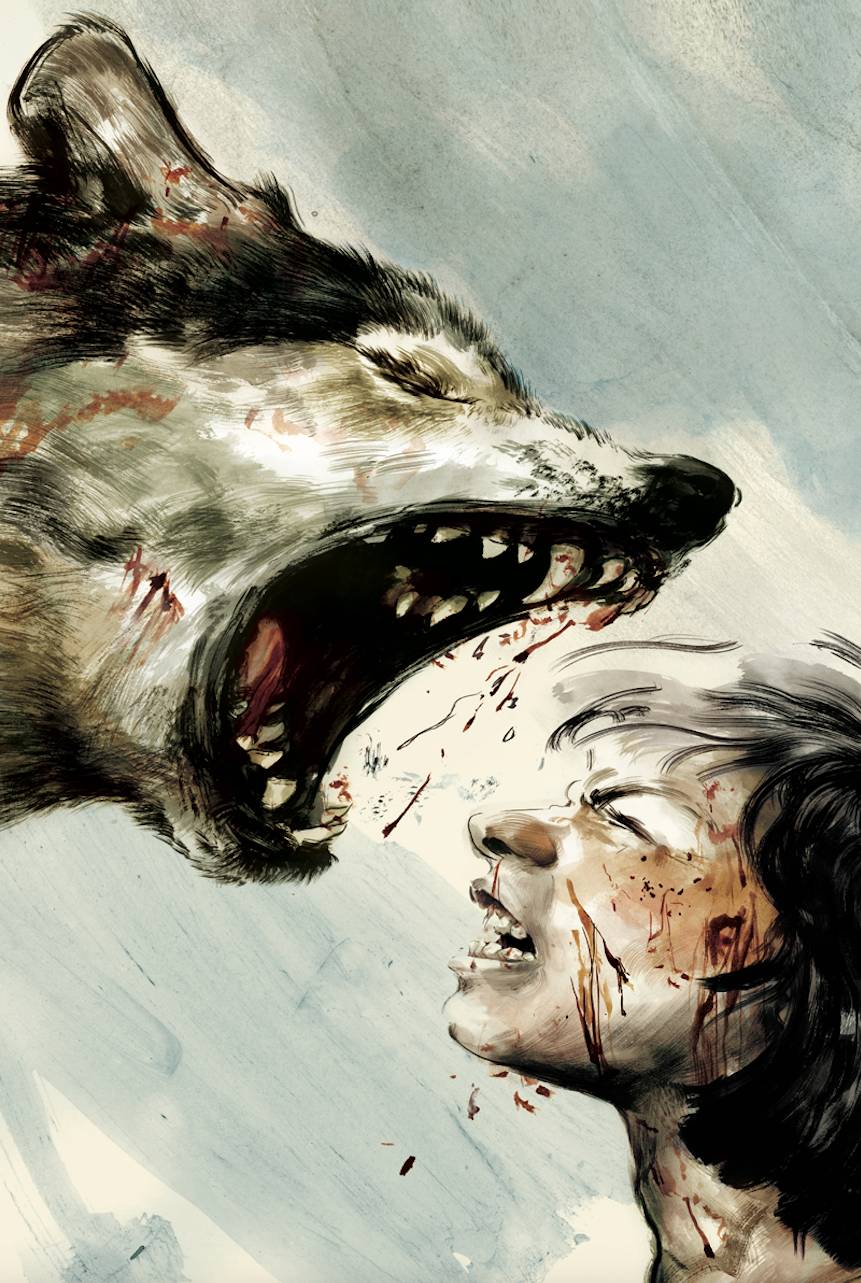
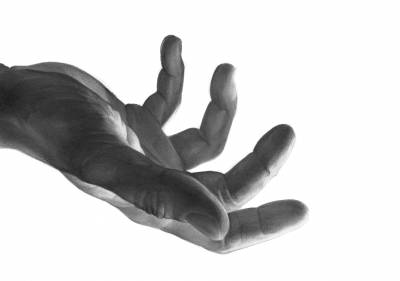




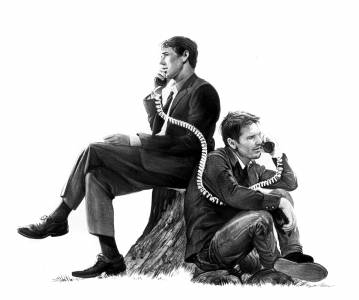


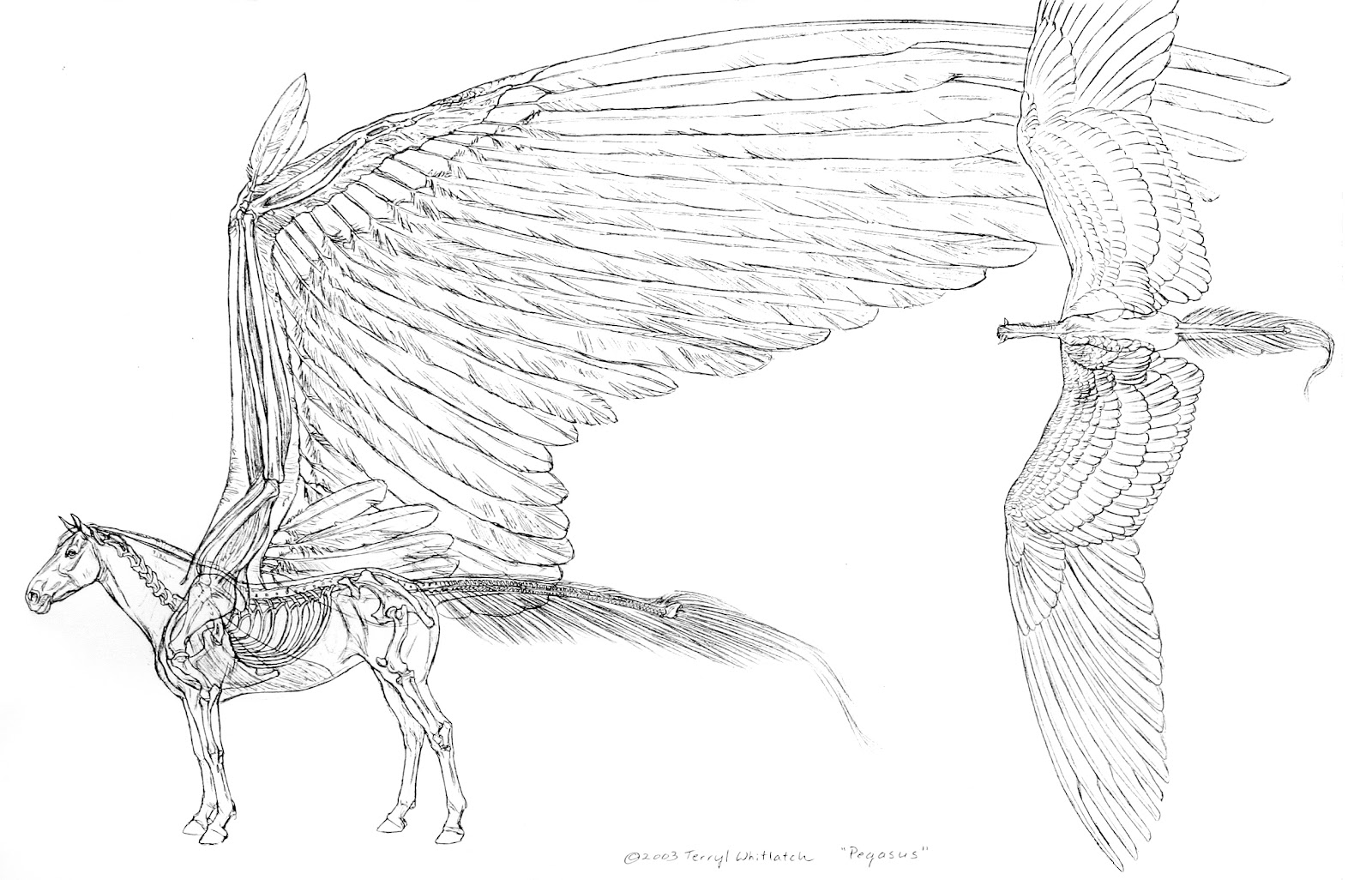
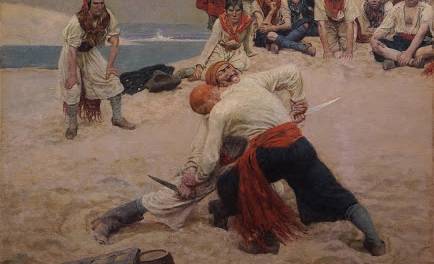
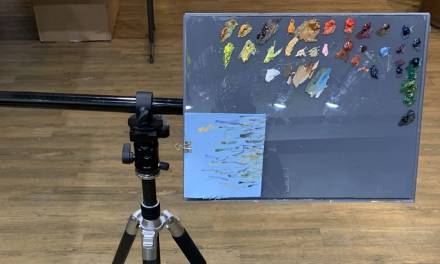
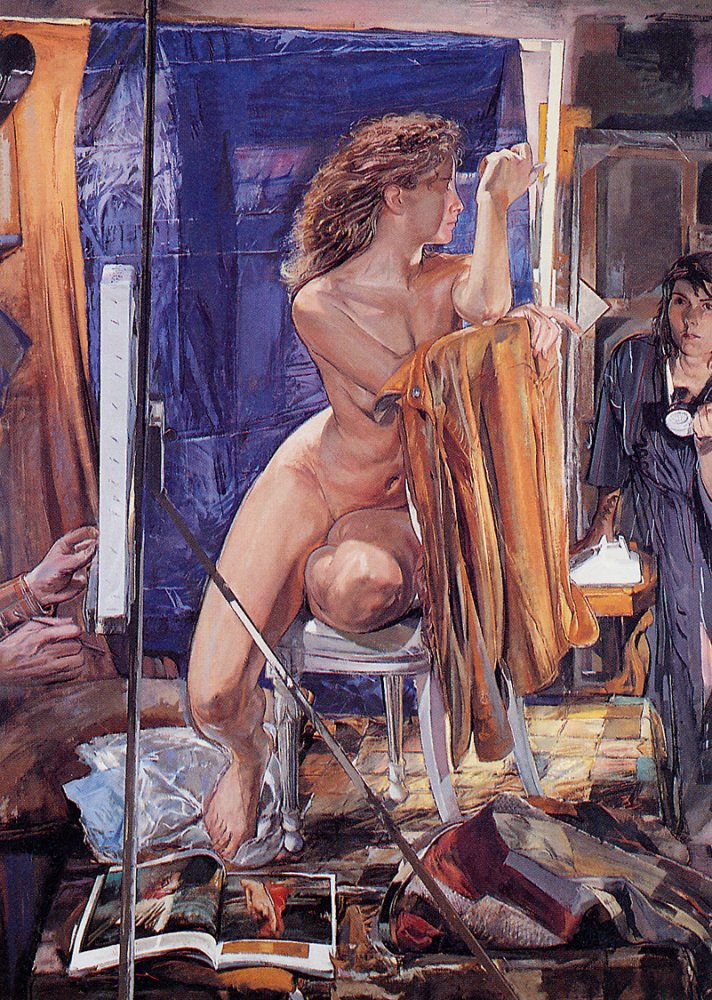
Very informative. Thank you!
Good article but the paragraphs are too long. Could you split them up next time?
Maybe, but probably not. I learned the wrong lessons from Cormac McCarthy.
Always gold to read this kind of stuff. Thanks Greg!
Art and being paid appropriately, the never ending quest!
Which does bring me to the following question – were the artists and photographers whose work was used paid, or at least did they give permission for the use of their work?
I am stupid… looking closer – that varied body of work is your own… mea culpa!
No worries- I try to pull from my own artful whenever possible and barring that, from the free-use image files on the interwebs. Credited when possible always.
Thank you Greg for taking your time to write another well thought out and helpful article.